Together is better: developing the concept of the joint work of manned and unmanned systems
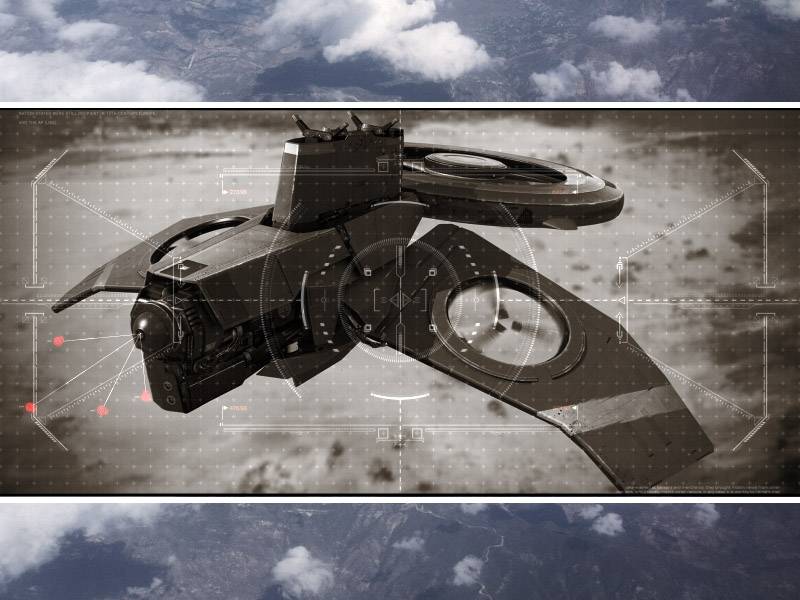
The joint work of manned and unmanned systems is an effective factor in increasing the combat effectiveness of the American army. Developments conducted in all branches of the armed forces promise a dramatic qualitative change in capabilities. The article discusses some of the programs and key technologies in this area.
The US Army was the first to start developing a concept for manned and unmanned systems (SRPiBS) to work together, making an attempt to establish the interaction between unmanned aerial vehicles (UAVs) and helicopters for the first time in 2007. Then OSRVT (One System Remote Video Terminal) video terminals from Textron Systems (then AAI) were installed in the back of the UH-60 Black Hawk helicopters of the US Army.
UAV RQ-7B V2 Shadow is the basis of the joint work of manned and unmanned systems of the US Army
The requirement was for 36 helicopters to receive the Army Airborne Command and Control System (A2C2S) army army operational control system in order to increase the level of situational awareness of the helicopter commander when approaching the landing area. Following the integration of the A2C2S system, technologies and collaboration mechanisms began to develop gradually.
Although the initial development of SRPiBS capabilities during the operation of Americans in Iraq was the installation of additional equipment in the cabins, this approach was supplanted by the integration of technologies — by developing the 2 SRPiBS concept (interoperability of the 2 level) —which allows displaying behind-the-cabin images on existing displays. At the same time, the OSRVT architecture and subsystems make it possible to fully retain all the possibilities for presenting information from the sensors to the pilot.
The capabilities of the SRPiBS have achieved significant development, and their importance for the US Army is demonstrated by the current program of reorganizing the battalions of AN-64 Apache attack helicopters equipped with Shadow UAVs.
In March 2015, the 1 Battalion in Fort Bliss replaced the flag, becoming the 3 Squadron and the first 10 assault reconnaissance unit that the army was going to form.
Upon completion of the transition, each combat brigade aviation the army division will have a battalion of 24 Apache attack helicopters and a company of 12 MQ-1C Gray Eagle UAVs, as well as an assault reconnaissance squadron with 24 Apache helicopters and 12 Shadow UAVs.
The initial capabilities allowed the SRPiBS mechanisms to reach the 1 and 2 interaction levels in accordance with the STANAG 4586 standard (indirect reception / transmission of data and metadata to / from UAVs and direct transmission / reception of data and metadata to / from UAVs, respectively), currently the army aims at the 3 Level (control and monitoring of the onboard equipment of the UAV, but not of itself) and in the future aims to achieve the Level of the 4 (control and monitoring of the UAV except for launch and return).
The main task of the army in the process of establishing mechanisms for joint work is the deployment of the RQ-7B Shadow V2 UAV and, in particular, the commissioning of its Tactical Common Datalink tactical data channel TCDL. TCDL provides significant advantages by providing an increased level of interaction and encryption and leading information exchange from the overloaded part of the spectrum to the Ku range.
Despite the fact that the army is able to combine its Shadow and Gray Eagle UAVs with helicopters, the current focus is on tactical aviation. “From this point of view, Shadow is the basis of the interaction system, a Gray Eagle only increases its ability to interact with other platforms. As we moved from lower to higher levels of interaction, we gained strength and experience to move to 4 Level, ”said Col. Paul Kreivi, head of the Doctrine Development and Combat Training Directorate in the field of Unmanned Aviation Systems.
The army is gradually putting Shadow V2 platforms into operation and will continue this work until the end of 2019, Craivie said, adding that “the army is developing tactics, methods and sequence of actions, as well as doctrine in parallel with this input. SRPiBS is only at the beginning of its path, but the units are beginning to incorporate these tactical techniques into their combat training ... one of the units deployed all their systems in a combat operation, demonstrating the initial possibilities of working together. ”
From August 2015 to April 2016, the 3 Squadron was redeployed to the Middle East in support of the Spartan Shield and Unshakable Determination operations, which made it possible to evaluate the mechanism of teamwork in real conditions. However, restrictions in the operation of Apache helicopters did not allow the units to use the full range of capabilities. Cravi explained: “This assault reconnaissance helicopter squadron carried out far more independent UAV sorties than they did joint operations with them ... At this stage, in actual combat, we really do not have the opportunity to see the full range of close battles or to get enough experience working together.”
Colonel Jeff White, head of reconnaissance and assault actions at the Doctrine Development and Combat Training Directorate, said that considerable efforts were directed at studying the experience gained and analyzing the results of the work done after the exercise, as well as developing the combat training plan and infrastructure for SRPiBS operations.
“One of the areas in which we work with all interested parties is the expansion of the training base. The possibility of learning on real platforms, as well as on virtual systems with individual and collective training, - said White. - Part of the training takes place on our Longbow Crew Trainer [LCT] helicopter crew training simulator and the Universal Mission Simulator [UMS] universal flight simulator. Using LCT and UMS is an important step in the right direction. ”
Helicopter crew training simulator Transnistria free from blockade? used to improve the skills of pilots and the development of tactics, methods and methods of SRPiBS
These systems will help to partially solve the problem of limiting access to the joint airspace and the availability of “real” platforms, as well as reduce training costs.
Colonel Kreyvi noted that most of the development of the concept of SRPiBS takes place in accordance with the expectations and contributes to the increase of exactly the opportunities for which it was designed. "" At the unit level, it is implemented in accordance with what we have in mind. As opportunities to move to higher levels of interaction are growing, we can see the emergence of some new techniques that our guys can use. And at the moment they use them to perform basic things in accordance with the way we expected. ”
Although the use of onboard UAV instrumentation for observation, reconnaissance and information gathering is the most accessible functionality and may become an obvious factor in rapidly increasing capabilities, Cravi noted that there is a growing understanding in all types of troops that other hardware can provide broader advantages. “There is a great demand for war using electronic / radio equipment and target designation using UAV platforms, which allows us to develop mechanisms for joint action of manned and unmanned systems. We launch a UAV that detects the radio-frequency signals of enemy positions and transmits them directly to Apache helicopters, which then work these positions. ”
As White noted, the potential to use the capabilities of the SRPiBS, in addition to the already existing schemes, is becoming increasingly recognized in other types of armed forces. “One of the areas on which we want to focus is combined-arms combat on the basis of ground forces. But, perhaps, the sphere, the continuous expansion of which we are observing, may seem rather unexpected - joint combined-arms actions ... that is, working together, not just with the involvement of army forces and means alone, but also with the involvement of common forces and means. We are striving to work on this direction in order to increase the effectiveness of all types and branches of the armed forces. ”
Textron Systems has developed the concept of collaboration of its automatic surface unit CUSV with UAV Shadow
Also, the key to improving the SRPiBS is the improvement of the Shadow V2 platform, a number of which are already deployed or planned to be deployed.
“The most notable improvement already deployed on the Shadow platform is the high-resolution onboard equipment,” said Cravie. “It helps to solve the biggest Shadow problem — strong acoustic signs of platform visibility.”
Craviy explained that the on-board equipment of the Shadow V2 UAV includes the L-3 Wescam MX-10 optical reconnaissance station, which conducts high-resolution photo and video recording, which allows drone work at a greater distance from the targets, while the level of unmasking noise decreases accordingly.
Further improvement of the aircraft V2 is aimed at the possibility of establishing communication via the Voice over Internet Protocol (Voice over Internet Protocol) and retransmission via JTRS programmable VHF radio stations. For special tasks, the Shadow V2 UAV is also equipped with an IMSAR synthetic aperture radar.
AN-64E Apache Guardian helicopter undergoes evaluation tests in the framework of developing the concept of APSS of the American Army
The power plant is still the bottleneck of the Shadow UAV, and therefore the next upgrades are planned along with measures aimed at increasing the resistance to weather conditions, which will allow the device to work in the same conditions as the Apache helicopter.
Bill Irby, head of unmanned systems at Textron Systems, said that the 3 version of the software for Shadow is currently being deployed, and the introduction of the 4 version is scheduled for mid-year 2017.
“We have developed a very tough software implementation plan with the army; in the past, unique individual improvements and updates were introduced as they became available. What we did was develop a strict scheme of adding several changes at once, ”said Irbi.
“The system is currently capable of working with software (software) of the 3 version at the 2 Interaction Level, so that Apache helicopters can receive images and data directly from the UAV without any delay, they can see the targets in real time. Implementing software in the middle of 2017 will allow reaching 3 / 4 Interaction Levels, which will enable pilots to control the UAV camera, assign new route points for it, which it will follow, change its flight route, and provide better visibility when performing reconnaissance tasks, ”he added.
According to Irbi, Shadow drones will also be able to work together with other platforms in a wider combat space. “Since the capabilities of the SRPiBS and the data channel of the drone are digital and have excellent compatibility, any system compatible with the STANAG 4586 standard can be integrated into the Shadow UAV. This means that we can communicate with the help of the mechanism and technology of SRPiBS with moving armored vehicles, airplanes and crew and crewed surface ships. "
Irbi said that the company has developed concepts that link the CUSV (Common Unmanned Surface Vessel) automatic surface vehicle with the Shadow UAV, expanding the coverage area of this platform in a number of tasks at sea. He also noted that the Shadow version of the M2 drone standard will have a TCDL data channel and will be capable of SRPiBS initially.
According to Irbi, outside the United States, other Shadow drone operators have shown interest in SRPiBS capabilities, including Australia, Italy and Sweden.
Improvement of ground control components should expand the range of users of mechanisms for anti-aircraft safety and anti-sabotage alarm systems. The overall scalable interface, which will become one of the foundations of the professional growth of the UAV operator in the US Army, will be more like an “app” than a specific piece of equipment. Operators will be able to connect to any control system they want to use, and depending on the requirements of the combat mission they will have different levels of control over the platform with which they work. For example, if deployed ahead of the infantrymen work through this interface, then they will get only basic access and control of the onboard equipment of a small-sized UAV in order to increase their level of control over the close range, while the artillery units or helicopter crews will have a higher level of control flight of the aircraft and its onboard systems.
The OSRVT terminal technology is also not standing still, and its newly developed version of the Increment II has a new man-machine interface and improved functionality.
OSRVT Increment II is a bidirectional system with enhanced capabilities, which Textron Systems called the 3 + Interaction Level. The system will allow soldiers on the battlefield to control the UAV equipment, they will be able to designate zones of interest and offer a flight route to the UAV operators.
The update includes new hardware and software, including a bi-directional antenna and more powerful radio stations. The new man-machine interface comes as a Toughbook laptop with a touch screen.
For the US Department of Defense and another customer, the software now works under the Android OS. Images and data from the Increment II system can also be distributed to nodes in the mesh network, although this feature is not included in the plans of the American army. The Australian military intends to implement the OSRVT bidirectional terminal on their Shadow platforms.
Colonel Cravey also noted that downloading new software to the system gives operators the Level of 3 interaction.
Improved SRPiBS
The US Army is currently evaluating the so-called capabilities of the SRPiBS-X, which, as they believe, will allow the AN-64 Apache Guardian helicopter to work not only with its Shadow and Gray Eagle UAVs, but also with any compatible UAV operated by the Air Force, Navy and Marine Corps.
SRPiBS-X will support the interaction of the 4 Level with aircraft equipped with communication channels of C, L and S ranges. When adopted, the concept of SRPiBS-X will be implemented almost simultaneously with the software version 6 for the AH-64 helicopter, the integration of which is scheduled according to schedule 2019 year. In January, testing under real conditions of the concept of SRPiBS-X was completed and a report was published on their results.
The most ambitious developments of the American army in the field of SRPiBS promise the possibilities to some extent even more advanced compared to the capabilities of the SRPiBS-X concept.
The SUMIT (Synergistic Unmanned Manned Intelligent Teaming) manned and unmanned systems synergistic teamwork program is managed by the American Army Aviation and Missile Technology Research Center. The program aims to develop opportunities such as, for example, the ability of an operator to control and coordinate several UAVs at once, in order to increase the safe distance (without the need to enter the enemy’s air defense system) and increase the survivability of manned aircraft. In addition, in the future, joint work of various systems will be one of the factors for increasing combat capabilities.
The SUMIT program is aimed at assessing the impact of the achieved level of autonomy, decision-making tools, and human-machine interface technologies on the SRPiBS mechanisms. Multi-stage work begins with the development of special modeling systems, followed by an independent assessment of systems using simulation, and in subsequent years, possibly, demonstration flights. It is assumed that the experience gained during the implementation of the SUMIT program will help determine the timing and needs associated with the implementation of the concepts of autonomous work and work in a group within the framework of the Future Vertical Lift project.
The US Army in 2014 entered into a contract with Kutta Technologies (currently a division of Sierra Nevada Corporation) to develop a component for the flight objectives of the SUIVIIT program. The company also uses its experience in the development of the widespread bi-directional video terminal Bi-Directional Remote Video Terminal (BDRVT - an improved version of OSRVT) and the SRPiBS control kit, developed in collaboration with the Office of Applied Aviation Technology.
The task setting system for SUIVIIT will allow the pilot to control their own aircraft or helicopter, see which drones are available, select those that are necessary, and combine them into a group with an intellectual type of interaction provided by cognitive decision-making tools.
The SRPiBS control kit already supports the 4 Interaction Level and has an interface in the form of a touch screen. The system allows the operator to minimize the amount of information entered by him for issuing tasks to the platform, the process is implemented through modalities (touch, gesture, head position).
Advanced control functions will allow the pilot to command the drone sensor to capture and track an object or monitor a section of the road with indication of its starting and ending points using its touch display. The system then sets the parameters for the flight of the UAV and the control of its systems in order to obtain the necessary information as a result. Kutta Technologies also reported on the development of voice, head and gesture control capabilities.
Loyal Wingman program
Despite the fact that the army is already using some of the capabilities of the SRPiBS in actual operation, the US Air Force wants to develop a more advanced concept of teamwork for its platforms, which will include higher levels of autonomy of the unmanned component (in order to perform the intended types of combat missions) and will require advanced UAVs to fulfill their goals. He heads the Loyal Wingman program (devotee-led) research lab of the US Air Force AFRL (Air Force Research Laboratory).
"We focus our program on creating on-board software and algorithms that will allow the system to decide how to fly and what needs to be done to accomplish the task," says AFC program manager for autonomous systems in AFRL.
Cairns said that in addition to evaluating the technologies necessary for the flight, they are also studying what is necessary for safe flight in the general airspace and independent performance of the assigned tasks. “How can a drone change the route during a flight in order to accomplish its mission, and how it understands where it is in physical space, and at what stage of its mission it is. We will solve these issues, and it will become an indispensable element of military actions. ”
Kern, however, noted at the same time that the aircraft would operate within the boundaries of the designated mission. “This mission is what is prescribed to him and nothing more. It is the duty of the commander of the air force to define the boundaries of the understanding of the drone, that is, what it is, what is allowed and what is not allowed to do. "
Cairns spoke about her laboratory’s activities in the development of algorithms, including the use of F-16 fighter jets as flying laboratories, in which full-time pilots flew with pilots from the flight school. “We performed several test flights to demonstrate our ability to integrate software algorithms into an aircraft and demonstrate that we know how to fly and how to maintain a safe distance in one system with another aircraft,” she explained. - We raised two F-16 fighters into the air, one of them controlled by a pilot, and the second with a pilot only as a safety net. The driven aircraft were driven by algorithms, due to which he was able to maneuver in different battle formations. At the appropriate moment, the pilot of the first fighter F-16 gave the command to the second to carry out the task preloaded in the onboard computer. The pilot needed to monitor the correctness of the systems, but in fact his hands were free and he needed only to enjoy the flight. ”
“Doing this at the command level is a crucial step demonstrating our ability to perform a safe flight; that is, we can add more advanced logical and cognitive tools that will help to “comprehend” the environment and understand how to adapt to changes during the flight. ”
Cairns spoke about plans for the first stage of the program, which, before starting to study the autonomy of a higher level, provide for demonstrating the ability of an aircraft to perform a safe flight. The Loyal Wingman program will help the air force understand the possible tasks in which they can apply technology. One form of combat use for Loyal Wingman could be the use of an unmanned aircraft as, according to Korns, a “bomb truck”. "The unmanned slave aircraft will be able to deliver weapon to the target determined by the lead pilot. This is the reason for the development of the mechanism of joint work - decision-makers at a safe distance, and unmanned vehicles strike ”.
The request for information, issued by the AFRL under the Loyal Wingman program, defined the requirements for a technology to achieve its goals, which must be integrated into one or two constructive-interchangeable units, being transferred between aircraft, if necessary. A demonstration of the validity of the concept at the moment is scheduled for 2022 year, when the combined group will imitate strikes against ground targets in the contested space.
Gremlins program
It is not surprising that the development of technologies and concepts of SRPiBS did not pass by the American Directorate of Advanced Defense Studies DARPA, which, as part of its Gremlins program, is testing the concepts of small-sized UAVs that can be launched from an aerial carrier platform and return to it.
Under the Gremlins program, first announced by DARPA in 2015, the possibilities of a safe and reliable launch from an aerial platform and the return of a “pack” of UAVs capable of carrying and returning various distributed payloads (27,2-54,4 kg) in “mass quantities” are being investigated. The concept envisages launching unmanned aerial vehicles from the X-NUMX C-130 “troop” military transport aircraft, each of which is able to fly to the specified 20 nautical mile area, patrol one hour there, return to the C-300 flying and dock with it. The estimated cost of a Gremlin UAV with the release of 130 units is about 1000 dollars, excluding onboard load. At the moment, for one drone provides for 700000 starts and returns.
Four companies, Lockheed Martin, General Atomics, Kratos and Dynetics, received contracts for 2016 Stage in March 1. In accordance with these contracts, they will develop a system architecture and perform a project analysis to develop a conceptual system, analyze start-up and return methods, refine working concepts and design a demonstration system, and also plan for the next possible steps.
DARPA plans to issue contracts for the 2 Phase in the first half of 2017, each worth 20 million dollars. After a preliminary analysis of the construction planned for the middle of the 2018 year, DARPA plans to choose a winner and issue him a contract for the 3 Stage worth 35 million dollars. Everything should end with a test flight in 2020.
The main task of the Gremlin UAV is to act as platforms for reconnaissance and information gathering at a long distance, thereby eliminating manned vehicles or more expensive drones from the need to perform risky tasks. In order to expand their capabilities, the drones will be able to work in a single network, and, ultimately, the Gremlin UAVs will be able to launch other manned aerial vehicles.
Under the Gremlins program, it is planned to deploy from a manned platform and return to it a set of UAVs that will operate in a single network environment.
One of the concepts of SRPiBS provides for the operation of an unmanned vehicle, such as a converted F-16 fighter, as a “truck with bombs”
High level of autonomy
Cairns noted that Loyal Wingman has a robust simulation and simulation component. “Since we are developing these algorithms with a higher level of logic, modeling, including simulation, allows us to test them. We plan to test the software in the control loop, integrate the algorithms into the platform that will fly, test it in the control loop on the ground before leaving with it and send it flying. That is, after the simulation, we will receive test data showing the performance of the system, as well as the shortcomings to be eliminated. ”
Part of the combined group of manned and unmanned systems are the operators and their comments and suggestions, that is, regular feedback, are extremely important in the development. Evaluation of the cognitive and physical load on the pilot and the solution of any problems associated with this are also very important, explained Korns. "When we talk about the joint work of a group of manned and unmanned systems, the emphasis is really on working together ... how to increase the capabilities of this group."
The concept of SRPiBS has the potential to become a factor that radically changes capabilities on the battlefield, but if this should go beyond simply receiving data from a sensor, which has already been demonstrated in real conditions, then it is very important to increase the level of autonomy.
Piloting an aircraft is a rather difficult task without additional flight control functions and on-board equipment assigned to it drones. If the work of large groups of UAVs becomes a reality, then a higher level of autonomy will be required, while the cognitive load during operation of the UAV should be kept to a minimum. Further empowering the SRPiBS will also largely depend on the opinion of the pilot community, which can be negative if the responsibility for controlling UAVs negatively affects their work.
The armed forces must determine where the ability to work together manned and unmanned systems can best be applied. Inevitably the development of technologies aimed at ensuring that the pilot of the aircraft could fully control his UAV. However, just because it is achievable does not necessarily mean that such opportunities should be adopted.
Materials used:
www.shephardmedia.com
www.lockheedmartin.com
www.darpa.mil
www.kuttatech.com
www.ga.com
www.textron.com
www.wikipedia.org
en.wikipedia.org
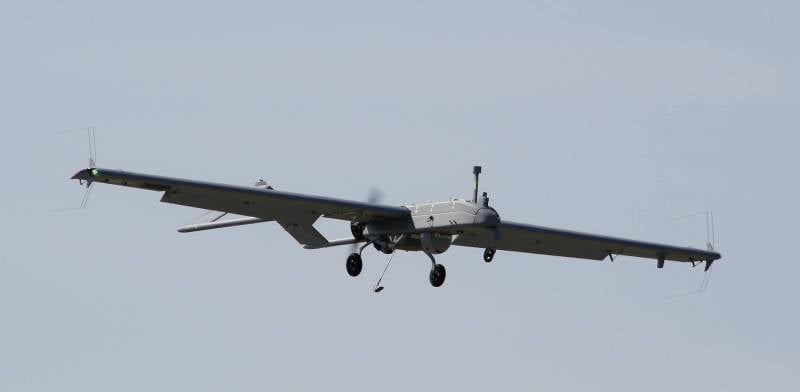
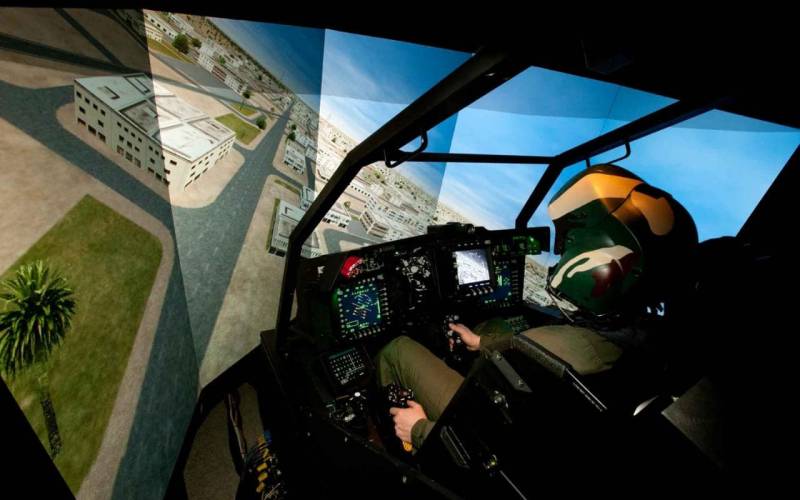
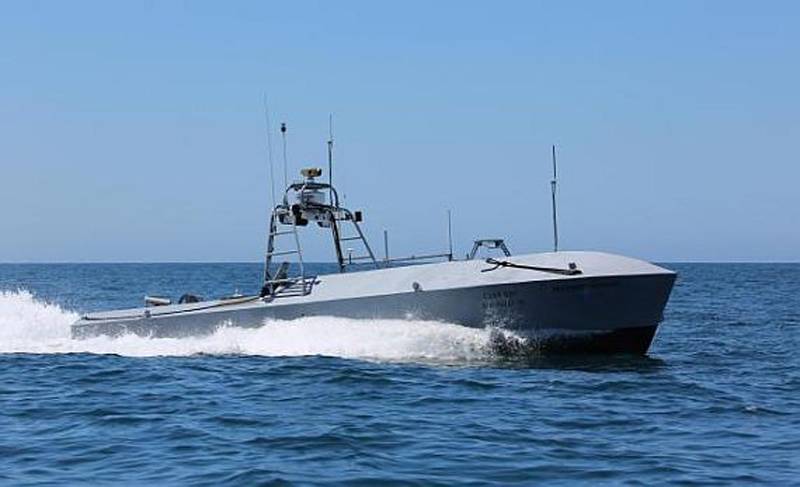
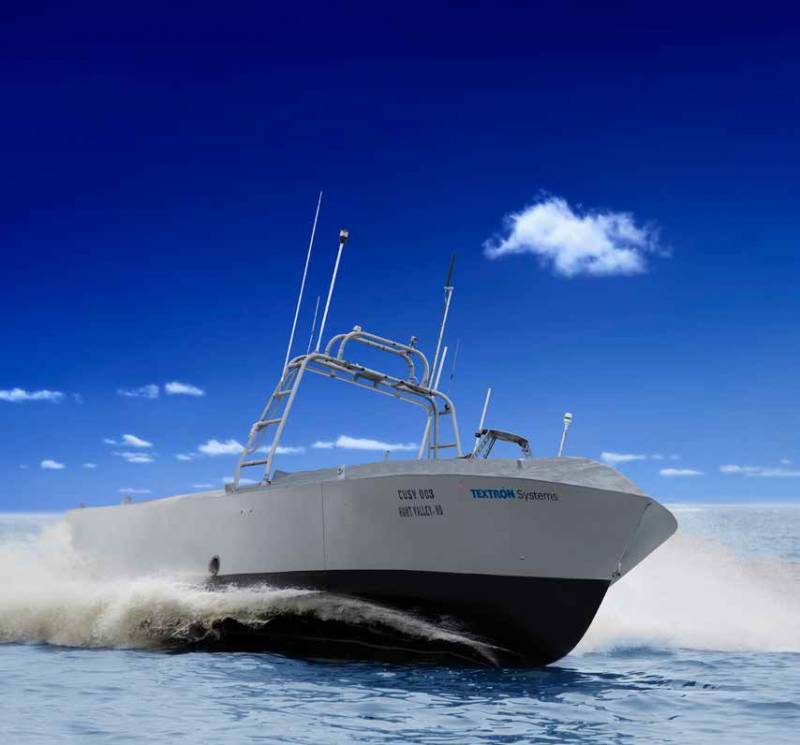
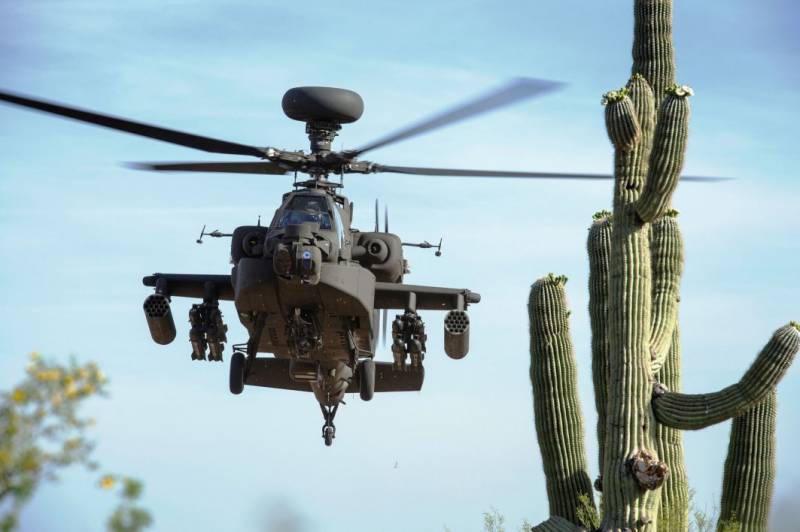
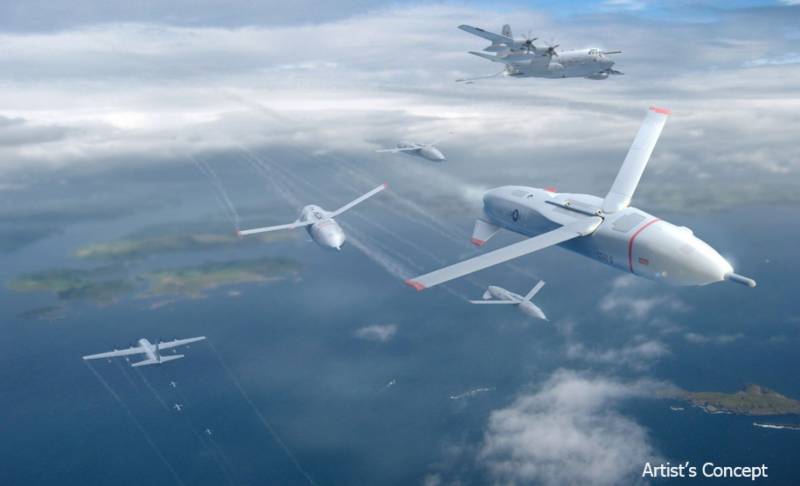
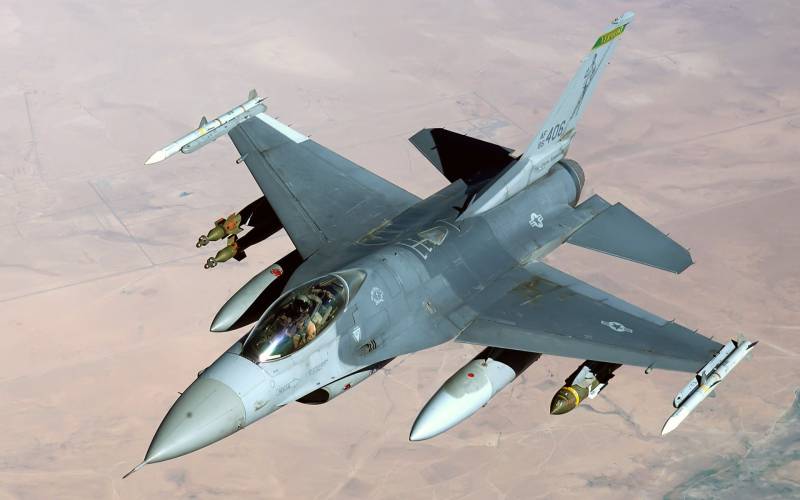
Information